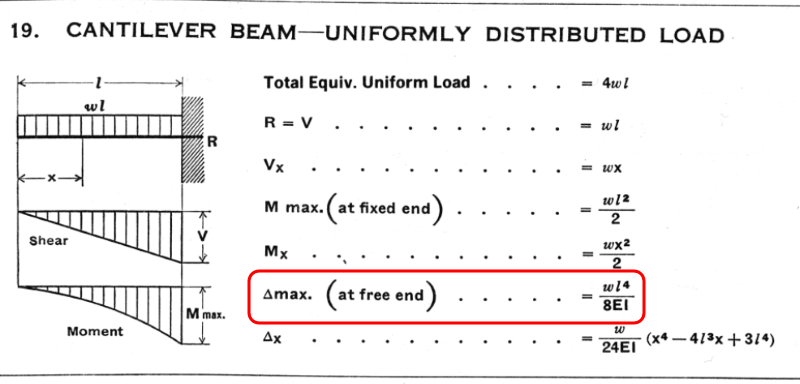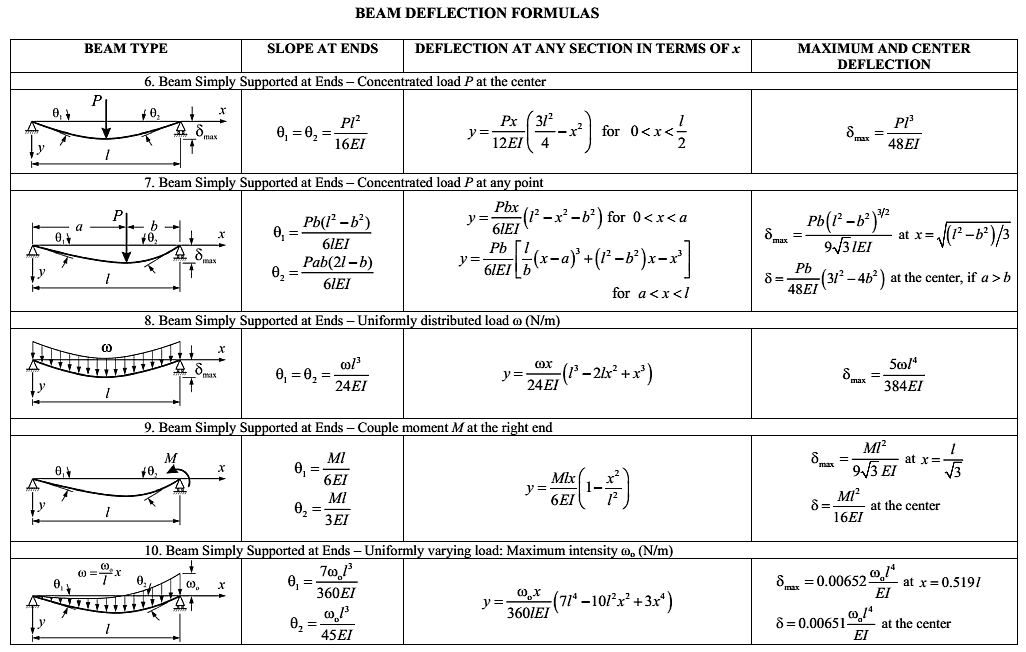


When designing a steel frame to hold a glazed panel, one allows only minimal deflection to prevent fracture of the glass.

The deflection must be considered for the purpose of the structure. Moment of inertia depends on the shape of the body and may be different around different axes of rotation. Either the strength limit state (allowable stress) or the serviceability limit state (deflection considerations among others) may govern the minimum dimensions of the member required. The moment of inertia of the area A with respect to the y-axis is given by Polar moment of inertia Moment of inertia is the property of a deformable body that determines the moment needed to obtain a desired curvature about an axis. īuilding codes determine the maximum deflection, usually as a fraction of the span e.g. In this case, the equation governing the beam's deflection ( w w ) can be approximated as:ĭ 2 w ( x ) d x 2 = M ( x ) E ( x ) I ( x ). Only small deflections are considered (max deflection less than 1/10 of the span).The beam is slender (its length to height ratio is greater than 10).The beam experiences only linear elastic deformation.The beam is originally straight, and any taper is slight.Some of these things make analysis difficult, but many engineering applications involve cases that are not so complicated. It may be made entirely of the same material (homogeneous), or it may be composed of different materials (composite). It may be of constant cross section, or it may taper. For instance, a beam may be straight or curved. Architects and engineers select materials for various applications.īeam deflection for various loads and supports īeams can vary greatly in their geometry and composition. The deflection of beam elements is usually calculated on the basis of the Euler–Bernoulli beam equation while that of a plate or shell element is calculated using plate or shell theory.Īn example of the use of deflection in this context is in building construction. Otherwise methods such as virtual work, direct integration, Castigliano's method, Macaulay's method or the direct stiffness method are used. Standard formulas exist for the deflection of common beam configurations and load cases at discrete locations. The deflection distance of a member under a load can be calculated by integrating the function that mathematically describes the slope of the deflected shape of the member under that load. In structural engineering, deflection is the degree to which a part of a structural element is displaced under a load (because it deforms). Cantilever Beams - Moments and Deflections - Engineering ToolBox moment of. Degree to which part of a structural element is displaced under a given load Deflection (f) in engineering Like isolated footings, the combined moment of inertia formula ofi beam.


 0 kommentar(er)
0 kommentar(er)
